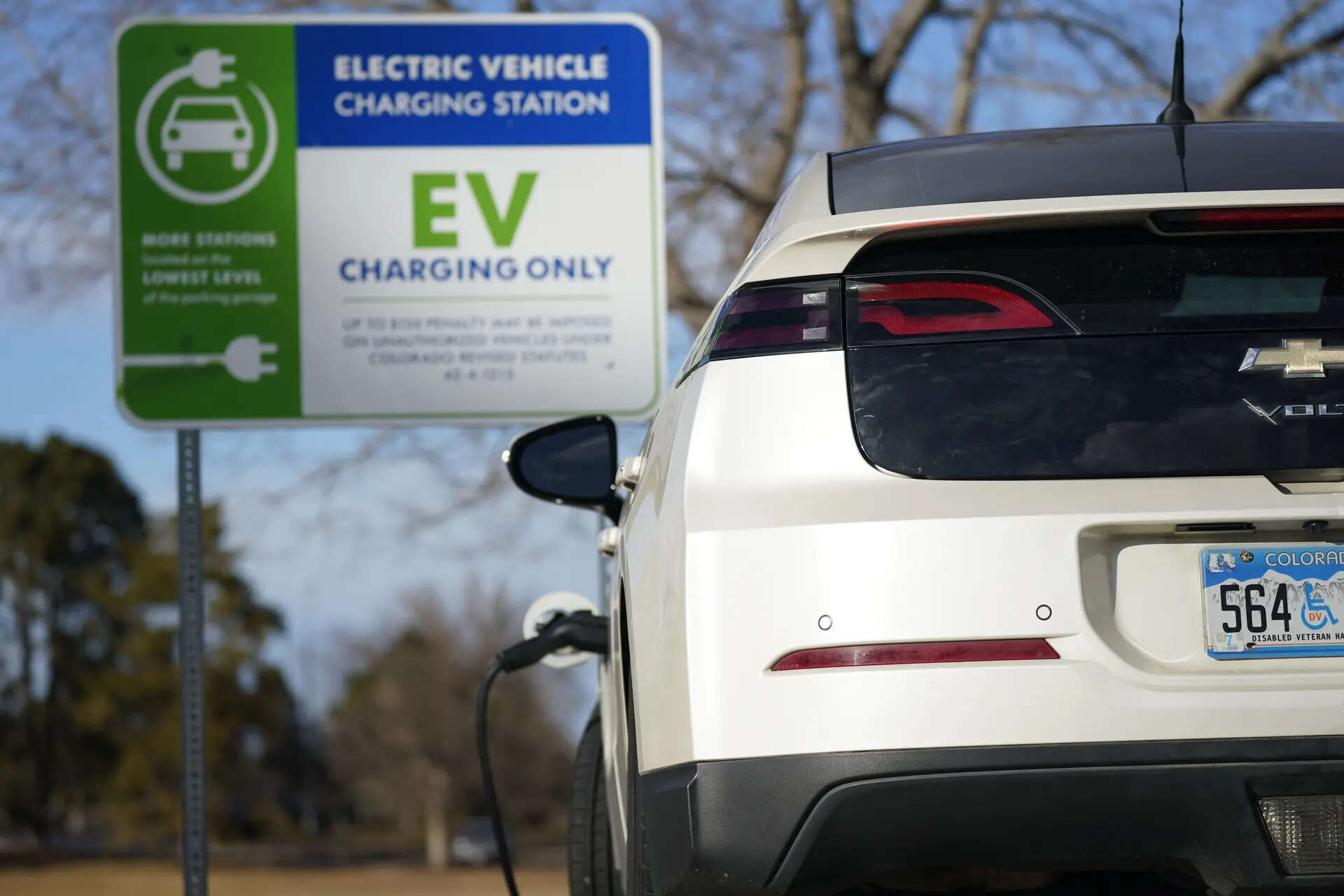
The U.S. government has issued USD 2 billion in advance point-of-sale consumer electric vehicle (EV) tax credit payments since Jan. 1 covering more than 300,000 vehicles, the Treasury said on Tuesday.
Since new rules took effect this year allowing for consumers to take advantage of EV tax credits worth up to USD 7,500 at the point of sale, more than 250,000 tax credits have been issued for new EVs and around 50,000 for used models that carry up to USD 4,000 rebates.
Nearly all involve transferring the credit to a car dealer at the time of purchase resulting in a significant rebate.
The 2022 Inflation Reduction Act created the point of sale rebate as well the used EV tax credit, lifted 200,000-vehicle manufacturer caps on credits, imposed income and vehicle price restrictions and extended credits to leased vehicles.
It also imposed new restrictions designed to wean the U.S. EV and battery supply chain away from China including requiring all EVs be assembled in North America to qualify for credits.
Treasury on Tuesday released a new analysis from its Office of Economic Policy that estimates the owner of an electric vehicle will save USD 18,000 to USD 24,000 more than a person who purchased a comparable gasoline vehicle. The analysis tallies estimated annual savings assuming a 15-year vehicle lifespan.
“These savings are giving consumers new choices and helping automakers and dealers to attract new customers and grow their businesses,” said Treasury Secretary Janet Yellen who added “consumers will save an average of USD 21,000 on fuel and maintenance over the lifetime of their vehicles and be protected from the volatility of gasoline prices.”
Consumers must attest they meet income limits to qualify for the tax credit at time of purchase or must repay the government when filing their taxes. For new vehicles, the adjusted gross income limit is USD 300,000 for married couples and USD 150,000 for individuals.

